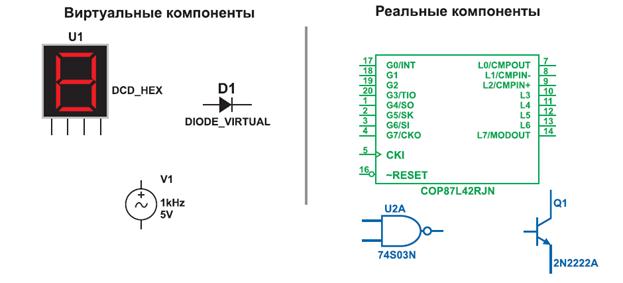Qualitative changes
A. Monophthongs OE [a, o, o, u, u, e, e, i, i] remained unchanged in ME, while OE [a, e, e, y, y, a] changed radically. 1. OE [a] > ME [o]. This new [o] was of a much more open nature than the OE [o] preserved in ME. In order to distinguish the twp kinds of [o] we shall use the symbol o to denote the open [o] and the symbol o for the close [o]. In ME manuscripts the two types of [o] were mostly represented by the same symbols: o in open syllables and oo in closed ones. Later the two [o]’s were destinguished not only in sound but in spelling as well. [o] was represented by oo, and [o] by oa in closed syllables and o in open. E.g. OE bat, na > ME boot no (E. boat, no) 2. OE [ e] > ME [e] and OE [e] > ME [e]. In ME manuscripts they were often expressed in the same way: a single letter e in open syllables and a double ee in closed ones. Later the two [e]’s were destin-guished in spelling as well: [e] - by ea and [e] - by ee. E.g. OE s e, m e; > ME se, meel (E. sea, meal) B. Old Diphthongs All the OE diphthongs were monophthongized as earl as the 11th century, losing their second elements. 1. OE ea and ea whose first element sounded [ e] and [ e] were reduced to e and e and de-veloped accordingly Thus OE ea > ME e. E.g. east > ME eest (E. east); 2. OE eo and eo gradually became e and e respectively C. New Diphthongs As a result of the vocalization of [j] and [w] new diphthongs were formed whose second element was either 1. [ei] OE weg, segl > ME wey, seil (E. way, sail)
|




